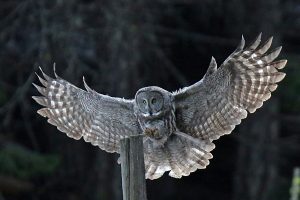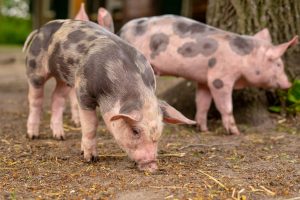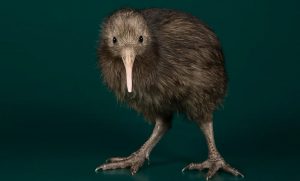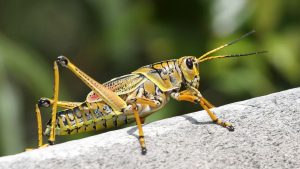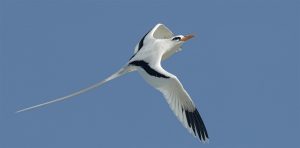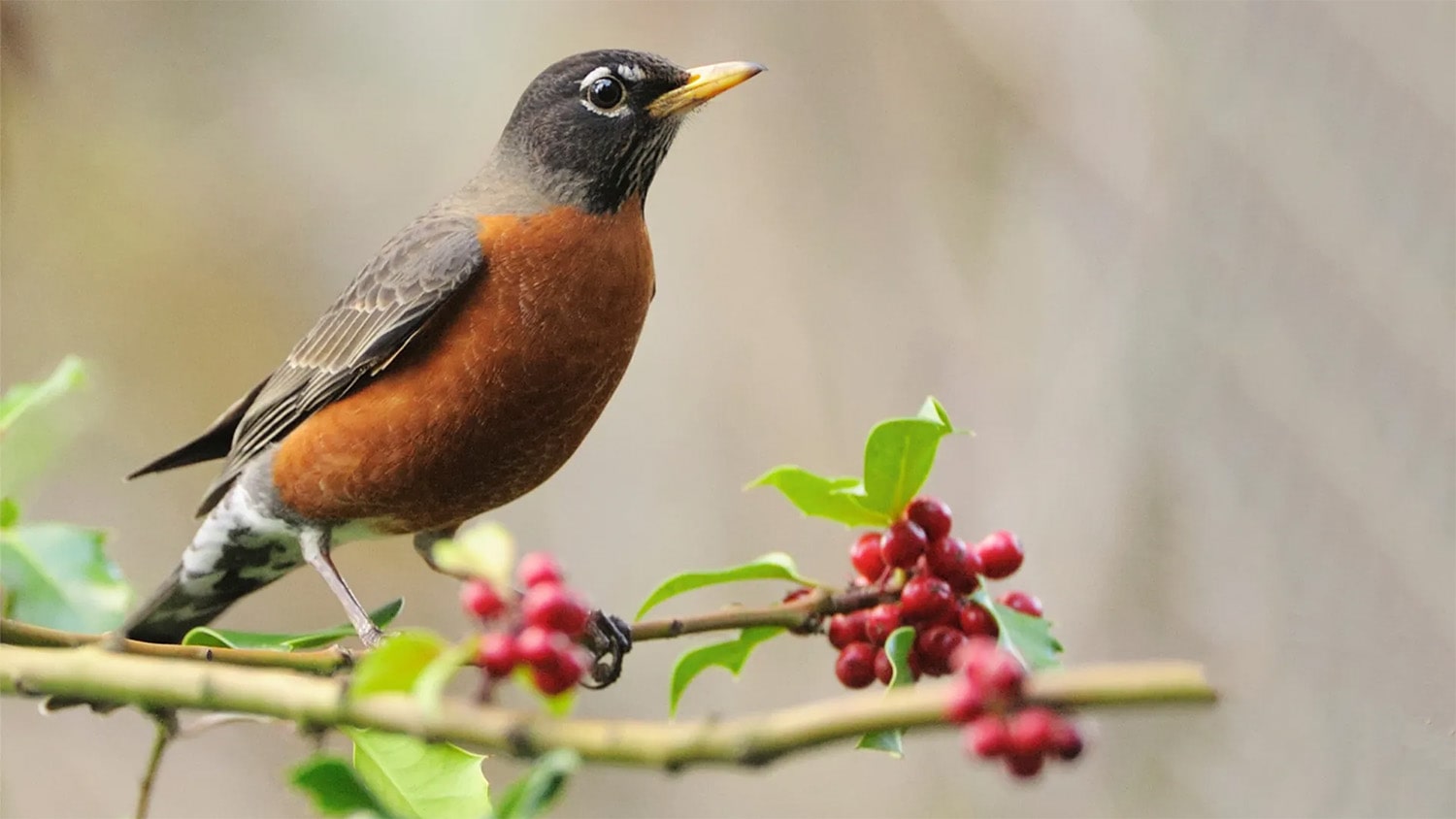
29 interesting facts about robins
475
Robins are among the most beloved and recognized birds in many parts of the world, known for their beautiful songs and striking appearance. Often associated with the arrival of spring, these small, charismatic birds hold a special place in folklore and culture. While the American Robin is a familiar sight across North America, the European Robin has charmed people across the pond with its friendly nature and bright, cheerful coloration. Beyond their cultural significance, robins play an important role in ecosystems, acting as indicators of environmental health and contributing to insect control. Let’s explore some fascinating and informative facts about these delightful birds.
- The American Robin (Turdus migratorius) is not closely related to the European Robin (Erithacus rubecula); they belong to different families and genera.
- American Robins are part of the thrush family, while European Robins are part of the Old World flycatchers.
- The American Robin is the state bird of Connecticut, Michigan, and Wisconsin.
- European Robins are known for their distinctive orange-red breast and face, contrasted with olive-brown wings and back.
- American Robins can produce three to four broods per breeding season, which is unusually high for birds of their size.
- The diet of robins varies by season: they eat more worms and insects in spring and summer and switch to fruits and berries in the fall and winter.
- Robins have a running and stopping motion on the ground, which is characteristic behavior when they’re searching for food.
- European Robins are highly territorial and can be seen defending their territories with fierce determination, even against much larger birds.
- The song of the European Robin is a melodious, flute-like whistle, which can be heard throughout the year.
- American Robins are among the first birds to sing at dawn and the last to stop singing at twilight.
- The red breast of the European Robin has led to many cultural associations, including a connection to the legend of Robin Hood.
- Robins are considered a symbol of spring and renewal in many cultures because they are among the first birds to lay eggs during the breeding season.
- The average lifespan of a wild robin is around 2 years, although individuals have been known to live much longer.
- Robins use mud to reinforce the structure of their nests, which are often built in trees, shrubs, or even on building ledges.
- Both male and female American Robins have brightly colored orange-red breasts, though females’ colors tend to be slightly more subdued.
- European Robins were once hunted for their meat, but this practice has long since been abandoned.
- In winter, European Robins can sometimes form loose flocks, which is unusual behavior for such a territorial bird.
- The eyesight of robins is highly developed, allowing them to spot worms and insects from a distance.
- Robins have been featured in European folklore as a symbol of good luck and are associated with Christmas in Britain.
- American Robins are known to bathe in snow, a behavior known as “snow-bathing.”
- The presence of robins in urban and suburban environments is an indicator of a healthy insect population.
- Some robins migrate at night, using the stars to navigate.
- Robins have been observed playing with objects, demonstrating a level of curiosity and intelligence.
- The oldest recorded American Robin lived to be almost 14 years old.
- European Robins have a unique adaptation that allows them to see magnetic fields, aiding in their migration.
- The feathers of robins do not possess the red pigment; instead, the red color is due to the structure of the feather, which reflects red light.
- American Robins are one of the largest North American thrushes.
- In mythology, robins are often associated with fire and warmth due to their red breast.
- Robins can become quite tame and have been known to feed out of humans’ hands in gardens and parks.
Robins, whether of the American or European variety, are fascinating birds with a rich cultural and ecological significance. Their presence signals the change of seasons, brings joy to birdwatchers and casual observers alike, and plays a vital role in controlling insect populations. These small, vibrant birds remind us of the beauty of nature that can often be found right in our backyards, and their resilience and adaptability continue to inspire and delight. As symbols of renewal and the coming of spring, robins hold a special place in the hearts of people across the world.
 MillionFacts
MillionFacts 
 Related posts
Related posts 
